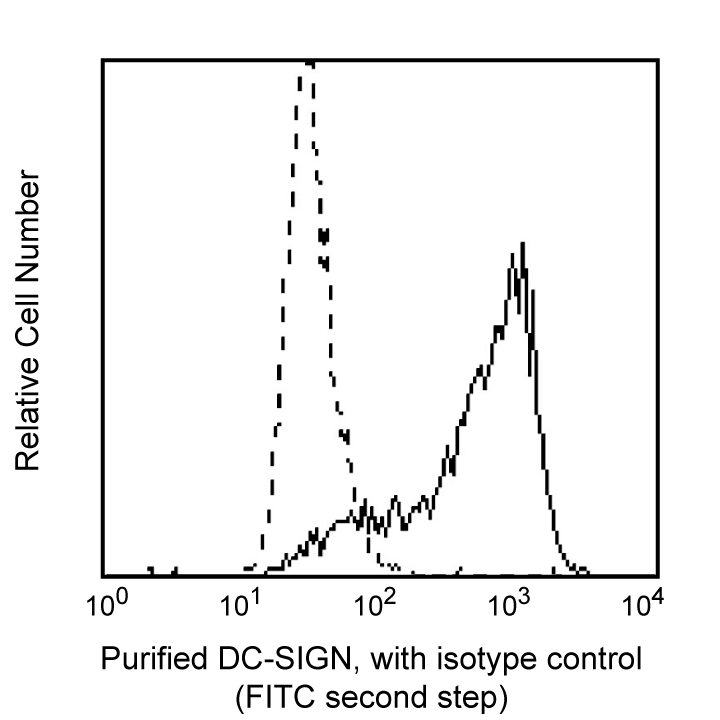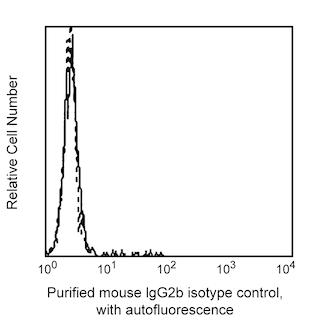-
Training
- Flow Cytometry Basic Training
-
Product-Based Training
- BD FACSDiscover™ S8 Cell Sorter Product Training
- Accuri C6 Plus Product-Based Training
- FACSAria Product Based Training
- FACSCanto Product-Based Training
- FACSLyric Product-Based Training
- FACSMelody Product-Based Training
- FACSymphony Product-Based Training
- HTS Product-Based Training
- LSRFortessa Product-Based Training
- Advanced Training
-
- BD FACSDiscover™ S8 Cell Sorter Product Training
- Accuri C6 Plus Product-Based Training
- FACSAria Product Based Training
- FACSCanto Product-Based Training
- FACSLyric Product-Based Training
- FACSMelody Product-Based Training
- FACSymphony Product-Based Training
- HTS Product-Based Training
- LSRFortessa Product-Based Training
- United States (English)
-
Change country/language
Old Browser
This page has been recently translated and is available in French now.
Looks like you're visiting us from {countryName}.
Would you like to stay on the current country site or be switched to your country?




Flow cytometric analysis of CD209 expression on cultured human monocyte-derived dendritic cells. Dendritic cells were stained with either Purified Mouse Anti-Human CD209 (Cat. No. 551186; solid line histogram) or Purified Mouse IgG2b κ Isotype Control (Cat. No. 555740; dashed line histogram), followed by FITC Goat Anti-Mouse IgG/IgM (Cat. No. 555988). Fluorescent histograms were derived from gated events with the side and forward light-scattering characteristics of viable cells.


BD Pharmingen™ Purified Mouse Anti-Human CD209

Regulatory Status Legend
Any use of products other than the permitted use without the express written authorization of Becton, Dickinson and Company is strictly prohibited.
Preparation And Storage
Product Notices
- Since applications vary, each investigator should titrate the reagent to obtain optimal results.
- An isotype control should be used at the same concentration as the antibody of interest.
- Caution: Sodium azide yields highly toxic hydrazoic acid under acidic conditions. Dilute azide compounds in running water before discarding to avoid accumulation of potentially explosive deposits in plumbing.
- Sodium azide is a reversible inhibitor of oxidative metabolism; therefore, antibody preparations containing this preservative agent must not be used in cell cultures nor injected into animals. Sodium azide may be removed by washing stained cells or plate-bound antibody or dialyzing soluble antibody in sodium azide-free buffer. Since endotoxin may also affect the results of functional studies, we recommend the NA/LE (No Azide/Low Endotoxin) antibody format, if available, for in vitro and in vivo use.
- Please refer to www.bdbiosciences.com/us/s/resources for technical protocols.
Companion Products



.png?imwidth=320)
The DCN46 antibody specifically binds to dendritic cell-specific ICAM-3 grabbing nonintegrin (DC-SIGN or CD209), a type-II membrane protein of approximately 44 kDa with a mannose-binding C-type lectin domain. It is highly expressed on dendritic cells in mucosal tissues. Its sequence is identical to the HIV-1 envelope gp120-binding C-type lectin, and reports suggest that DC-SIGN binds to HIV-1 gp120 and effectively transmits infectious HIV-1 to resting T lymphocytes expressing CD4 and chemokine receptors. The C-type lectin domain of DC-SIGN is also capable of binding other pathogenic viruses, bacteria, and parasites. Reports also suggest that DC-SIGN enables the highly efficient migration of dendritic cells from blood into the tissues. It can interact with ICAM-2, which has a similar sequence as ICAM-3, and is abundantly expressed on vascular and lymphoid endothelium. Thus, DC-SIGN mediates dendritic cells rolling and transendothelial migration, and its interaction with ICAM-2 is essential to specific migratory functions of dendritic cells.
Development References (4)
-
Geijtenbeek TBH, Kwon DS, Torensma R, et al. DC-SIGN, a dendritic cell-specific HIV-1 -binding protein that enhances trans-infection of T cells. Cell. 2000; 100(5):587-597. (Biology). View Reference
-
Geijtenbeek TBH, Torensma R, van Vliet SJ, et al. Identification of DC-SIGN, a novel dendritic cell-specific ICAM-3 receptor that supports primary immune responses. Cell. 2000; 100(5):575-585. (Biology). View Reference
-
Sallusto F, Cella M, Danieli C, Lanzavecchia A. Dendritic cells use macropinocytosis and the mannose receptor to concentrate macromolecules in the major histocompatibility complex class II compartment: downregulation by cytokines and bacterial products. J Exp Med. 1995; 182(2):389-400. (Immunogen). View Reference
-
Steinman RM. DC-SIGN: a guide to some mysteries to dendritic cells. Cell. 2000; 100(5):491-494. (Biology). View Reference
Please refer to Support Documents for Quality Certificates
Global - Refer to manufacturer's instructions for use and related User Manuals and Technical data sheets before using this products as described
Comparisons, where applicable, are made against older BD Technology, manual methods or are general performance claims. Comparisons are not made against non-BD technologies, unless otherwise noted.
For Research Use Only. Not for use in diagnostic or therapeutic procedures.
Report a Site Issue
This form is intended to help us improve our website experience. For other support, please visit our Contact Us page.